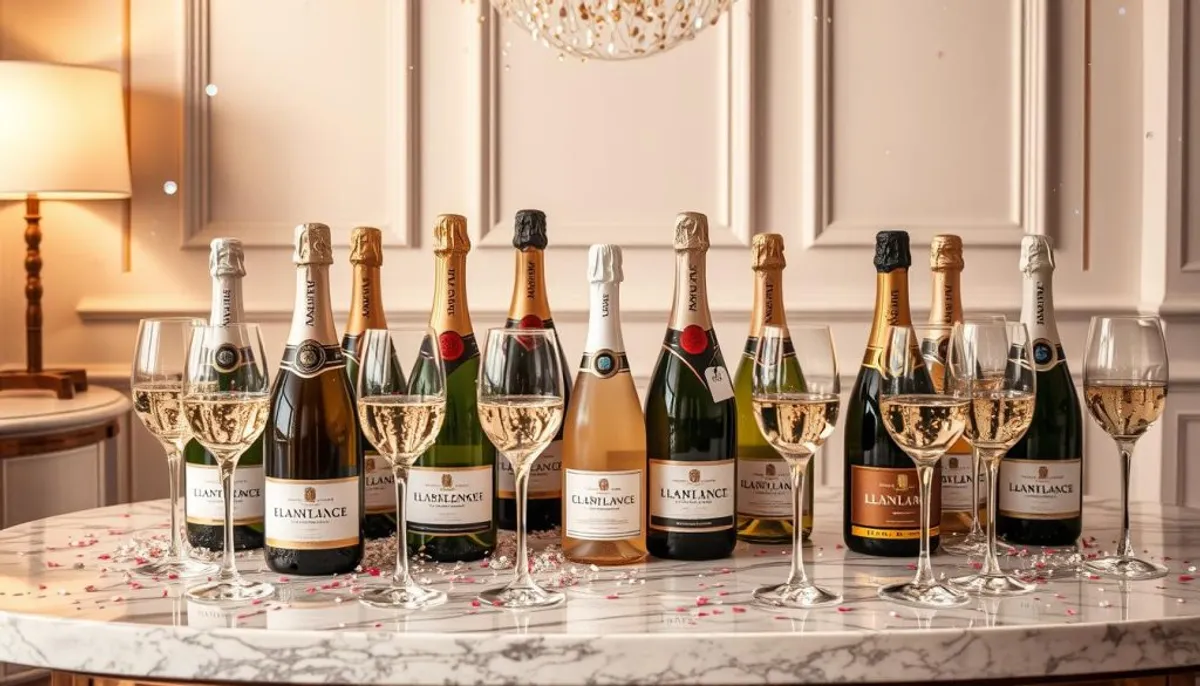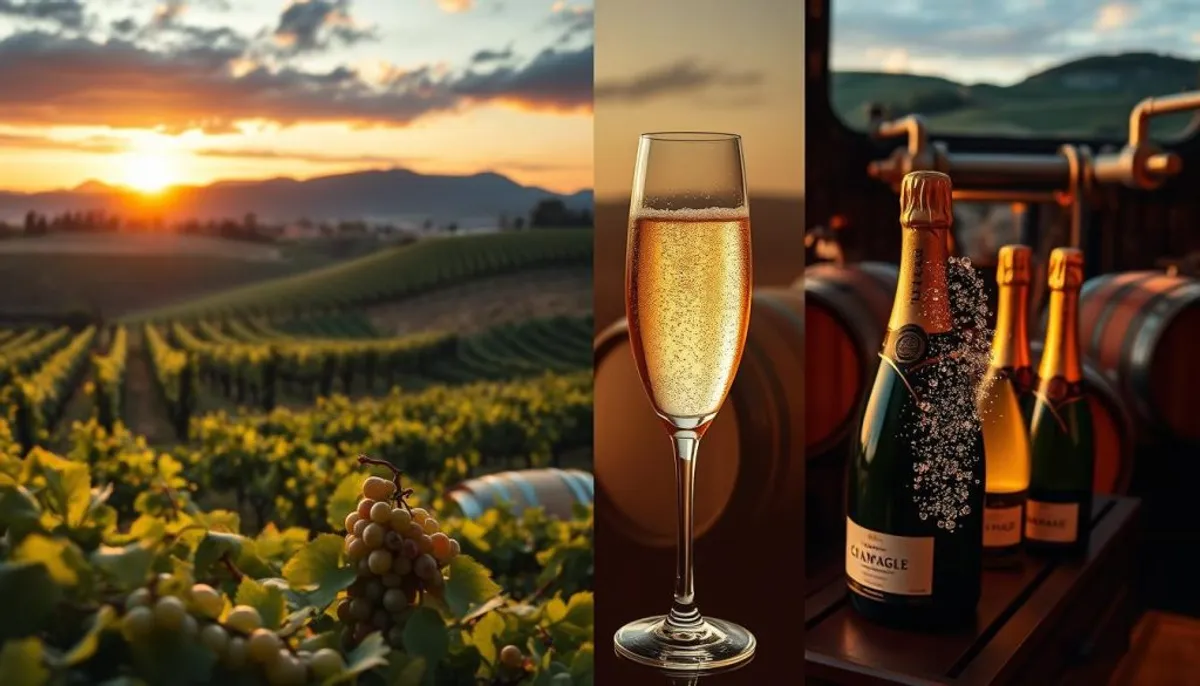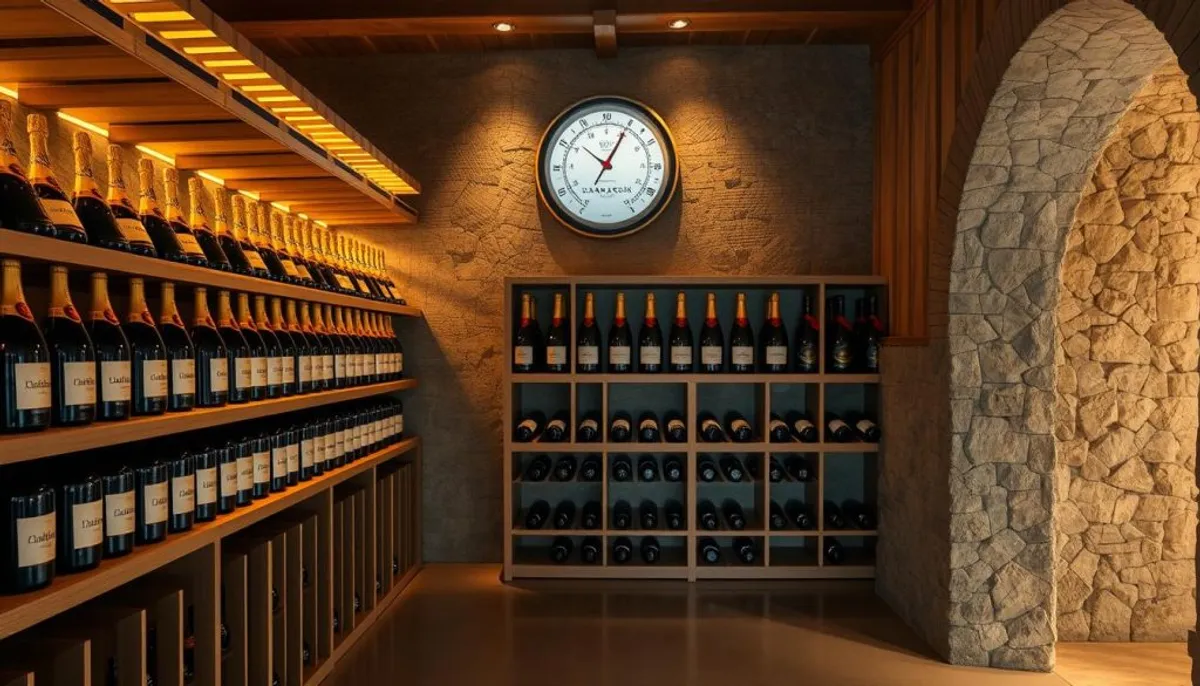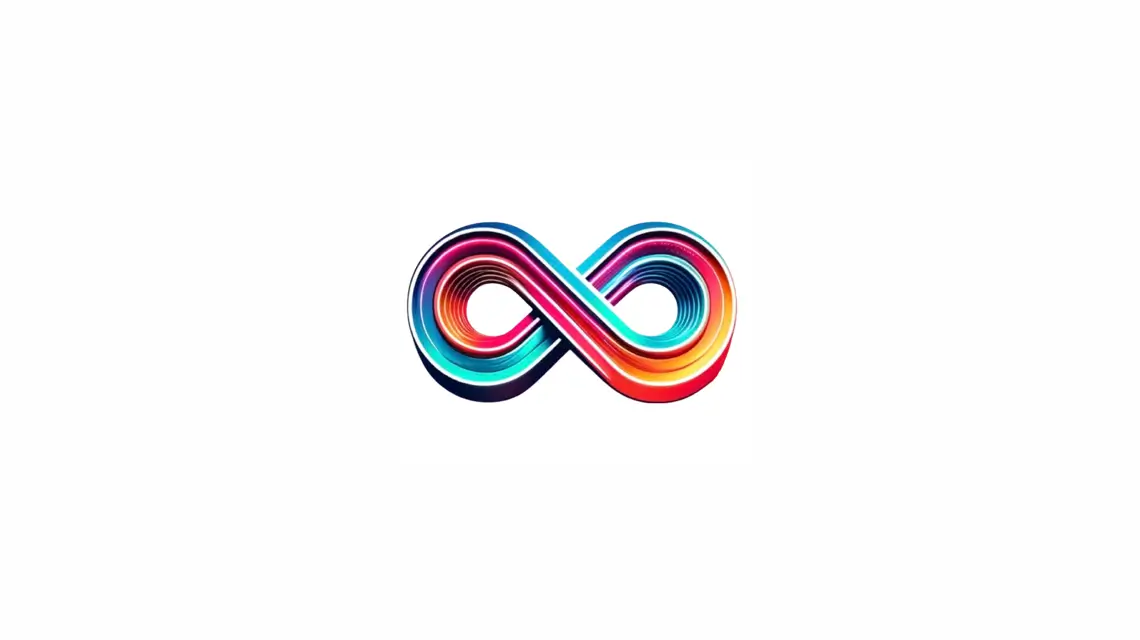Opening a bottle of champagne can instantly elevate any event. Yet, champagne prices span a wide spectrum, from budget-friendly to extravagant. This guide aims to assist you in discovering the most suitable champagne deals, balancing your financial constraints with your taste preferences.
True Champagne originates exclusively from France’s Champagne region. Yet, numerous sparkling wines, while not from Champagne, offer comparable quality at significantly lower costs. We will examine some cost-effective options that promise to satisfy your taste without straining your wallet.

For those in search of value, the Segura Viudas Brut Reserva from Spain stands out at just $10 on Wine.com. Domestic enthusiasts can delight in Chandon Brut from California, available at $21. For a touch of French sophistication without the Champagne price, consider Lucien Albrecht Cremant d’Alsace Brut, now 17% off at $20.
For a more indulgent experience, NV Langlois-Chateau Cremant de Loire from France, priced at $60, offers a premium touch. Or, for an authentic Champagne splurge, Moët & Chandon Impérial Brut is perfect for a grand celebration.
Key Takeaways
- True Champagne comes only from the Champagne region of France
- Sparkling wines offer similar qualities at lower prices
- Affordable options start around $10-$20
- Mid-range choices like Cremant provide great value
- Premium Champagnes can cost $60 and up
- Look for sales and discounts to find the best deals
- Consider the occasion when choosing your bubbly
Understanding True Champagne vs Sparkling Wines
The realm of effervescent beverages is extensive, yet authentic Champagne distinguishes itself. We will dissect the differences between sparkling wines and uncover the essence of Champagne’s uniqueness.
The Champagne Region of France
Authentic Champagne originates exclusively from the Champagne region in northeastern France. This locale, celebrated for its chalky soil and cool climate, cultivates grapes with an ideal balance for sparkling wine. Renowned brands such as Veuve Clicquot and Moet & Chandon reside within this region.
Method Champegnoise and Other Sparkling Varieties
Champagne employs the traditional method, whereas other regions craft their sparkling wines differently. Spain produces Cava, Italy offers Prosecco, and Germany creates Sekt. Each variety boasts its distinct flavor profile and production technique.
Protected Designation of Origin
The term Champagne is safeguarded. Only sparkling wines from the Champagne region can bear this name. This regulation guarantees the quality and heritage of genuine Champagne.
| Feature | Champagne | Other Sparkling Wines |
|---|---|---|
| Origin | Champagne region, France | Various regions worldwide |
| Main Grapes | Chardonnay, Pinot Noir, Pinot Meunier | Varies by region and style |
| Production Method | Traditional Method (in bottle) | Various (e.g., Charmat for Prosecco) |
| Aging Requirements | Strict (15 months minimum for non-vintage) | Varies, often less strict |
| Price Range | Generally higher | Often more affordable |
Best Value Champagnes Under $50
Discovering affordable Champagne doesn’t require a trade-off in quality. We’ve assembled a selection of the finest Champagnes under $50. These are ideal for those looking for budget-friendly options without compromising on taste.
Paul Laurent Brut Selection
Paul Laurent Brut Selection, priced at $44, presents an outstanding value proposition. This Champagne is distinguished by its orange peel and herb aromas, making it suitable for a variety of events. Its complexity is on par with more expensive champagnes, demonstrating that quality doesn’t have to be expensive.
Pierre Gimmonet Offerings
Pierre Gimmonet’s 100% Chardonnay Champagne from Côte des Blancs is highly regarded by connoisseurs. It is celebrated for its exceptional minerality and lasting flavor, standing out in blind tastings. In fact, 25% of consumers preferred Pierre Gimmonet in recent surveys.
Vollereaux Brut Value Options
Vollereaux Brut is characterized by its ripe fruit scents and a creamy mousse, making it perfect for a variety of dishes. This affordable Champagne rivals bottles twice its price in terms of quality. It’s an excellent choice for those seeking the best Champagne under $50 for both special occasions and everyday enjoyment.
| Champagne | Price Range | Key Features |
|---|---|---|
| Paul Laurent Brut | $44 | Orange peel, herb aromas |
| Pierre Gimmonet | $45-$50 | 100% Chardonnay, minerality |
| Vollereaux Brut | $45-$50 | Ripe fruit, creamy mousse |
With an average retail price of $45, these Champagnes show that exceptional quality can be achieved without exceeding $50. For those looking to save even more, exploring discount champagne offers can enhance your experience without breaking the bank. Whether for a celebration or a simple glass of bubbly, these affordable options offer remarkable value and taste.
Premium Champagne Market Pricing
The realm of luxury Champagne presents a broad spectrum of choices for those who appreciate fine bubbly, including stunning acrylic champagne towers for serving. The prices of premium Champagnes span a wide range, reflecting their quality and prestige. This diversity caters to various preferences and budgets, with non-vintage options often being more accessible.
At the pinnacle of the market, Champagnes of the highest caliber command premium prices. The average cost for a top-tier luxury Champagne is around $120. Yet, prices can fluctuate from $30 to $180. This range allows consumers to explore a variety of styles and flavors within the premium category.
For those aiming for the ultimate in Champagne excellence, labels like “Premier Cru” and “Grand Cru” denote wines from the finest vineyards. These high-end selections, while more expensive, offer an unmatched tasting experience.
| Champagne Type | Price Range | Notable Characteristics |
|---|---|---|
| Non-Vintage | $30 – $60 | Classic house style, consistent quality |
| Vintage | $60 – $120 | Unique year expressions, aging potential |
| Premier Cru | $80 – $150 | Superior vineyard sourcing, refined taste |
| Grand Cru | $100 – $180+ | Top-tier vineyards, exceptional complexity |
When examining premium Champagne prices, it’s crucial to consider factors such as vintage years, tasting notes, and regional variations. These elements contribute to the unique character and value of each bottle. Thus, the world of luxury Champagne is a captivating domain for wine aficionados to explore.
Shampain Drink Price Guide for Beginners
Exploring the Champagne price range can be overwhelming for novices. This beginner’s guide to Champagne categorizes various types to facilitate informed decisions.
Entry-Level Options
Quality Champagne doesn’t have to be expensive. Brands like Nicolas Feuillatte provide entry-level bottles for about $30. These Champagnes blend 40% Chardonnay with Pinot Noir and Pinot Meunier, offering a balanced taste. They generally have an alcohol content of 12-12.5% ABV.
Mid-Range Selections
Mid-range Champagnes offer great value for those looking to explore more. Pol Roger’s Réserve Brut, aged for 4 years, adds complexity. Jacquart Champagne, with 40% Chardonnay, provides a crisp, elegant taste. These selections typically cost between $50-$100.
Luxury Champagne Categories
Luxury Champagnes are distinguished by their unique characteristics and presentation. Moët & Chandon’s Nectar Impérial, with its sweet notes of peach, apple, honey, and pineapple, represents this category. Beau Joie brut, available in distinctive recycled copper casings, further enhances their appeal.
| Category | Price Range | Notable Characteristics |
|---|---|---|
| Entry-Level | $25-$60 | Blend of grape varieties, 12-12.5% ABV |
| Mid-Range | $50-$100 | Extended aging, higher Chardonnay content |
| Luxury | $100+ | Unique flavors, special packaging |
Piper-Heidsieck: A Historical Brand Overview
Piper-Heidsieck Champagne is a cornerstone in the realm of historical Champagne brands. Founded in 1785, it has etched a distinctive niche in Champagne house annals. Spanning over two centuries, Piper-Heidsieck epitomizes excellence and innovation in the sparkling wine domain.
The hallmark of the brand is its Brut Champagne, a masterful blend of 55% Pinot Noir, 30% Pinot Meunier, and 15% Chardonnay. This formula, derived from 100 villages, yields a nuanced flavor profile, garnering praise from global wine critics. Notably, Wine Enthusiast bestowed it with a 91-point rating, affirming its elite status.
Piper-Heidsieck’s dedication to quality is evident in its production techniques. The Champagne is aged for three years, imparting a deep and full-bodied character. With an annual output of 4 million bottles, it solidifies its ranking as the 6th leading Champagne brand worldwide.
- Established: 1785
- Signature blend: 55% Pinot Noir, 30% Pinot Meunier, 15% Chardonnay
- Aging: 3 years
- Annual production: 4 million bottles
- Global ranking: 6th top Champagne brand
Piper-Heidsieck’s influence extends beyond the wine industry, resonating in popular culture. It has adorned the red carpet at the Cannes Film Festival and the Oscars, symbolizing Hollywood’s elite. Its association with icons like Marilyn Monroe underscores its status as a luxurious yet approachable Champagne.
Factors Affecting Champagne Pricing
Champagne price factors are diverse, shaping the cost of this cherished sparkling wine. Grasping these elements aids in making educated selections for one’s bubbly.
Vintage vs Non-Vintage Impact
Vintage Champagne undergoes a longer aging process, at least three years, compared to non-vintage varieties aged for 15 months. This extended aging period significantly elevates the price of vintage bottles. For instance, the 1975 Dom Perignon P3 Plenitude Brut boasts an impressive price of $20,023.
Production Methods
Champagne production techniques are pivotal in determining its price, especially in the context of emerging trends like champagne abaya fashion. Grand Cru Champagnes, sourced from 17 elite vineyards, typically command higher prices. Premier Cru varieties, from 43 select vineyards, also influence the cost. The meticulous craftsmanship involved in creating these wines directly impacts their market value.

Brand Reputation
Prestigious brands command higher prices due to their esteemed reputation. Moet & Chandon’s Esprit du Siecle Brut, for example, costs $6,268, while their standard Brut Imperial is priced at $52. This disparity underscores the significant role brand reputation plays in Champagne pricing.
| Champagne Type | Price Range | Aging Period |
|---|---|---|
| Non-Vintage | $31 – $52 | 15 months |
| Vintage | $70 – $20,023 | 3+ years |
| Grand Cru | $100 – $5,000+ | Varies |
Seasonal Price Variations and Best Times to Buy
Champagne prices fluctuate throughout the year, impacting the timing for those seeking deals. Prices often drop after major holidays, when demand decreases. The optimal time to purchase Champagne is usually right after New Year’s or during the summer.
Wine stores often offer promotions during less busy seasons, providing substantial discounts. For instance, Jean-Noël Haton’s Brut Classic, which normally costs around $30, can be found for as little as $25 during these sales.
Here’s a breakdown of some popular Champagnes and their average prices:
| Champagne | Average Price | Rating |
|---|---|---|
| Piper-Heidsieck Cuvée Brut NV | $70 | 91 |
| Château de Bligny Blanc de Blancs NV | $60 | 91 |
| Krug Grande Cuvée 172ème Édition | $250 | 95 |
| Leclerc Briant Réserve Brut NV | $65 | 91 |
Be on the lookout for end-of-season clearances and holiday promotions to secure the best Champagne deals and explore exclusive yarn collections. Prices can differ significantly between retailers, making it essential to compare options to find the best value.
How to Find the Best Champagne Deals
Embarking on a quest for Champagne discounts can be an exhilarating endeavor. With the right strategies, securing remarkable bargains on your preferred sparkling wine becomes attainable. Let’s dissect some effective methods to economize on Champagne purchases, whether online or in physical stores.
Online Retailers vs Local Shops
In the pursuit of Champagne deals, it’s prudent to compare prices across online platforms and local establishments. Online retailers frequently present competitive rates and a broader array of options. In contrast, local shops might offer exclusive promotions or clearance sales. Thus, it’s advisable to explore both avenues to uncover the most advantageous offers.
Bulk Purchase Benefits
Engaging in bulk Champagne purchases can yield substantial savings. Retailers often provide discounts for bulk orders, making it an ideal strategy for large gatherings or sharing with acquaintances. This approach not only reduces the cost per bottle but also proves to be a financially savvy long-term investment.
Special Occasion Discounts
Be vigilant for special occasion discounts. Sellers frequently offer promotional rates during holidays or for wedding-related purchases. These opportunities can make premium Champagnes more accessible. To stay abreast of such offers, consider subscribing to newsletters from your preferred wine retailers.
| Purchasing Method | Pros | Cons |
|---|---|---|
| Online Retailers | Wide selection, competitive prices | Shipping costs, age verification required |
| Local Shops | Immediate availability, expert advice | Limited selection, potentially higher prices |
| Bulk Purchases | Lower per-bottle cost, ideal for events | Higher upfront cost, storage needs |
When purchasing Champagne online, it’s crucial to review the refund policy and shipping details. Most retailers do not accept returns on alcohol once it has been dispatched. Also, be prepared to present identification upon delivery, as the minimum age for alcohol purchase is 21. Armed with these insights, you are now equipped to discover exceptional Champagne deals for any celebration!
Shipping and Storage Considerations
Proper handling is crucial for Champagne shipping and storing to maintain its quality. Enthusiasts must focus on temperature and delivery costs. This ensures the Champagne arrives in optimal condition.
Temperature Requirements
Storing Champagne demands precision. The ideal temperature range is between 45°F and 50°F. This cool environment preserves the wine’s delicate flavors and effervescence. For long-term storage, humidity levels should be between 70% and 85%. This prevents cork drying.

Delivery Costs Impact
Champagne delivery costs vary based on shipping method and distance. Expedited shipping with temperature control is more expensive but protects your investment. Standard shipping, while cheaper, risks exposing the Champagne to harmful temperature fluctuations.
When ordering Champagne online, consider these costs:
- Insulated packaging
- Expedited shipping options
- Insurance for valuable bottles
Remember, the extra expense for proper Champagne shipping is worth it. It ensures your bubbly arrives in pristine condition. Always choose reputable retailers who understand wine transportation intricacies.
Conclusion
Exploring the realm of Champagne can be both thrilling and enlightening. By adopting the right strategies, you can uncover the finest Champagne values that align with your preferences and financial constraints. This journey involves grasping the distinct production techniques and the effects of seasonal fluctuations. Such insights are crucial for making well-informed decisions when purchasing.
It’s important to note that authentic Champagne originates from the Champagne region in France. It is crafted from Chardonnay, Pinot Noir, or Pinot Meunier grapes. The second fermentation process, which can extend up to 15 months, is pivotal in defining its unique taste and quality. This labor-intensive process, coupled with the limited availability and high demand, often leads to elevated prices. This is notably true for esteemed brands and vintages.
Whether you’re in the market for entry-level options under $50 or seeking luxury selections, there’s a Champagne suitable for every event. Consider various factors such as production methods, brand reputation, and potential health benefits when selecting your bottle. Armed with this knowledge, you are poised to discover the ideal champagne, whether for a grand celebration, crafting a cocktail, or simply to savor its unparalleled effervescence.
RelatedRelated articles



